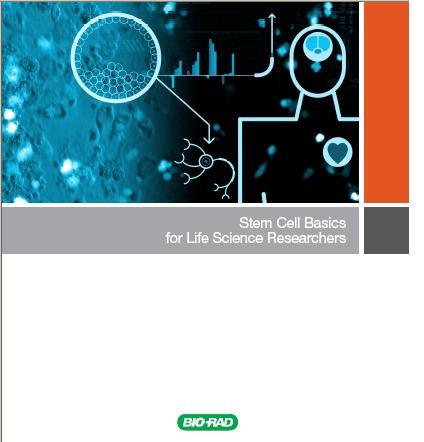The Ji Research Group at Stanford University, in collaboration with Bio-Rad’s Digital Biology Center, demonstrated that the QX100™ Droplet Digital PCR (ddPCR™) system enables accurate and precise measurements of cancer genome amplifications in archival cancer tissue samples. The results of their study were published online in Translational Medicine.
“The cancer research community is greatly interested in accurately identifying and characterizing genome amplifications and other copy number variations because they are a critical component for understanding and treating human cancers,” said Dr. Hanlee Ji, MD, director of the Ji Research Group. “Using ddPCR, we demonstrated the superiority of this method for copy number analysis of DNA in archival material.”
Certain copy number variations (CNVs) known as genomic amplifications may lead to overexpression of specific oncogenes that drive cancer development. Targeting amplified oncogenes could move us closer to long-sought personalized therapies for cancer treatment.
Detecting amplifications in cancer tissue is technically challenging for two reasons. One is that normal tissue is known to dilute the presence of genomic amplifications. The other is that clinical samples are typically of poor quality because they are traditionally processed as formalin-fixed, paraffin-embedded (FFPE) tissues. This preservation method leads to irreversible damage to the genomic DNA. More sensitive methods of evaluation are thus needed to overcome the poor DNA quality found in FFPE samples and to detect small fractions of tumor DNA.
Bio-Rad’s QX100 system partitions samples into 20,000 droplets for individual PCR reactions. This partitioning reduces background interference and provides a more reliable measurement of a target sequence within a complex sample. As a result, measurement precision is less affected by suboptimal PCR conditions in FFPE samples than when less sensitive methods are used.
Research Findings
Dr. Ji and Digital Biology Center researchers tested the QX100 system to determine its effectiveness in detecting cancer gene amplifications in FFPE cancer tissue samples. They diluted gastric cancer genomic DNA containing an FGFR2 gene amplification in decreasing ratios with DNA from a normal genome sample. Their analysis confirmed the accuracy, reproducibility, and sensitivity of ddPCR in quantifying the FGFR2-amplified gene even when there was a 1,000-fold dilution with normal genome DNA.
The researchers then compared qPCR and ddPCR methods for measuring FGFR2 gene amplifications. They confirmed the presence of an approximately sevenfold amplification of the FGFR2 locus in an FFPE-processed gastric tumor using ddPCR. That amplification was very similar to the value determined using a microarray analysis on a “matched” flash-frozen sample. In contrast, qPCR analysis of the same FFPE tumor sample found a copy number estimate of 35, demonstrating that ddPCR is more accurate than qPCR for determining copy number variants in these FFPE-derived samples.
“We were able to demonstrate that ddPCR provides the sensitivity needed to detect genomic amplifications in archival material,” said Dr. Ji. “Now we can conduct a variety of genomic studies using the QX100 system that could not have been done using traditional methods, such as real-time PCR.”
For further details about the QX100, please visit http://bit.ly/ddPCR_QX100.















